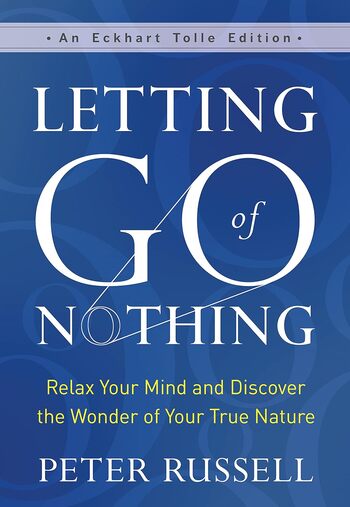
The Way of Zen by Alan Watts explores Zen’s history and its core concepts. Blending Buddhism and Taoism, it delves into how Zen fosters naturalness, spontaneity, and living in the present, unburdened by aspirations.
Main Lessons
- Zen originates from the intersection of Buddhism and Taoism, highlighting simplicity and naturalness.
- Zen principles are best absorbed through direct experience and living in the moment.
- The difficulty in translating Zen lies in the cultural differences between East and West.
- Zen emphasizes direct awakening as a natural process, beyond extensive practice.
- Concepts like reincarnation and seated meditation (zazen) play a significant role in Zen.
- Zen promotes spontaneity by letting go of the need to control thoughts and actions.
- There’s an emphasis on achieving samadhi, a state of meditative consciousness, amidst everyday activities.
- Zen art, including haikus, paintings, and tea ceremonies, provides a deeper insight into its philosophy.
- Koans are used to test understanding and encourage thinking beyond conventional logic.
- Naturalness in Zen is acting without forced intention, allowing actions to flow organically.
- Zen teaching methods often involve unconventional acts to awaken deeper comprehension.
- Visualization or conceptualization isn’t the goal; genuine insight comes from presence in the now.








